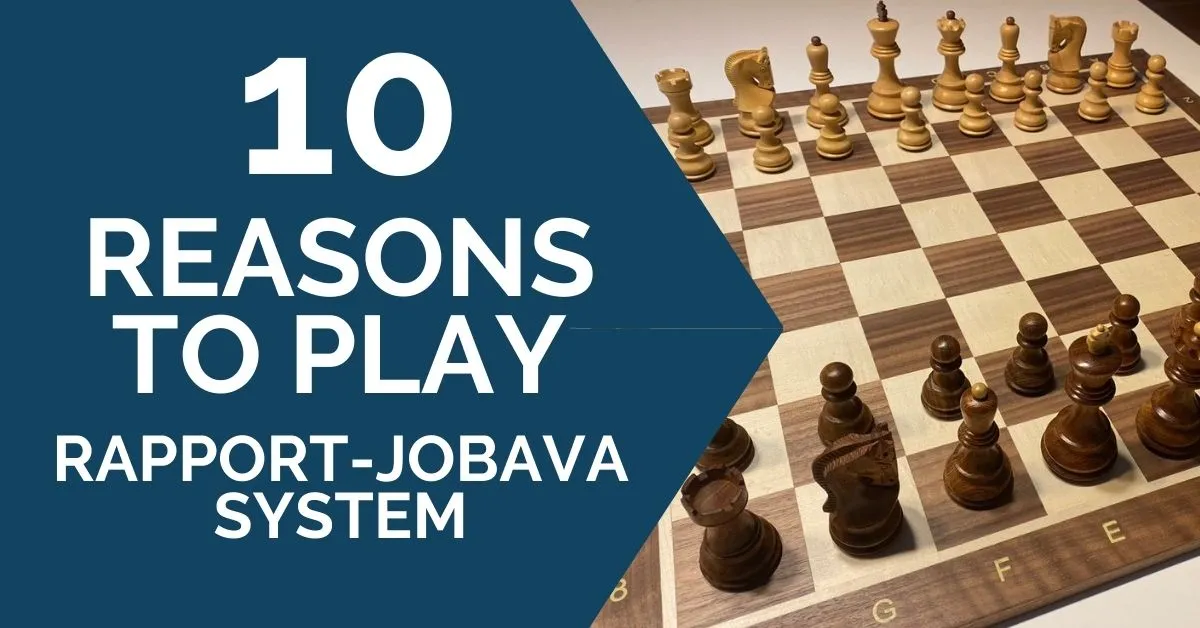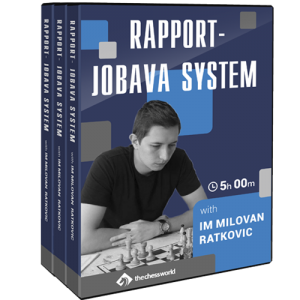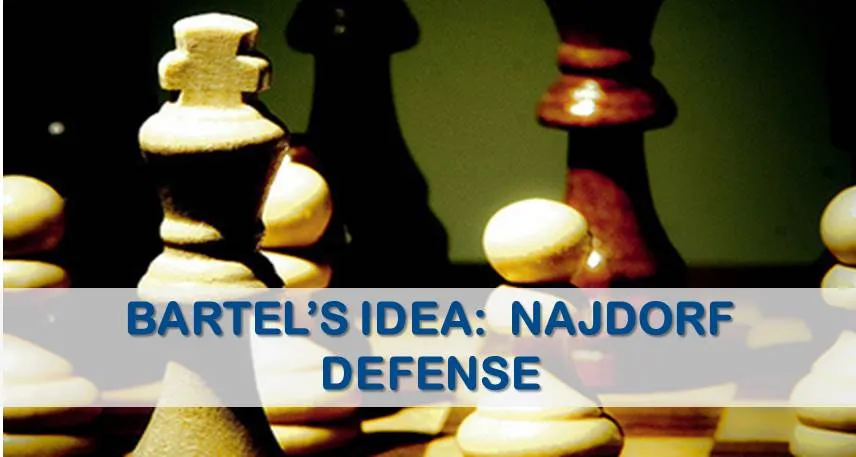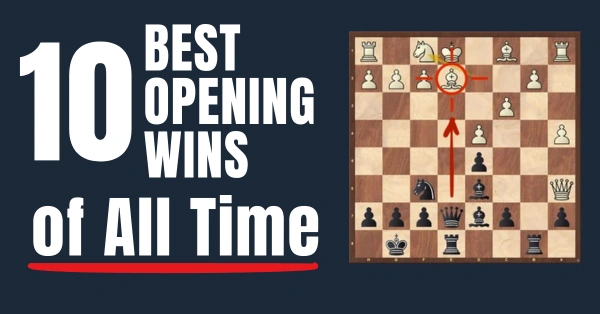10 Reasons to Play the Rapport-Jobava System in Your Next Game

Rapport-Jobava System: Sometimes, even a single move can change the course of a game—even so much as to turn a good opening into a GREAT one!
That’s what the move 2.Nc3 does to the regular London System. Not that the London system is a bad opening or such, it has got a few drawbacks where it does not offer sufficient attacking opportunities to Black, that it is not tactical enough or that the bishop on f4 can get too exposed for White’s own good.
However, when you start with the queen’s knight instead of the king’s knight, while the good parts of the opening are intact, you neutralize the bad parts of it. And the result is … WOW!
Still, searching for reasons to play this opening? We have got 10 of them that will make you just jump into the RJ bandwagon right now.
1. Flexibility is the name of the game.
With many openings like the French or the Sicilian, it’s really hard to deviate from the popularly known setups. Your opponent might miss a line or two in their opening preparation but you will find it hard to create a whole new position out of thin air. That’s where the Rapport-Jobava system shines. It’s flexible and malleable like a piece of rubber. Play it like you want to—as long as you stay true to the fundamental ideas of the opening.
2. Rapport-Jobava System: Theory haters, you are welcome!
Oh, who wants to spend hours memorizing line after line before taking a crack at a new opening? If you relate to this, you are in luck. This opening is among those selected few that you can start playing almost instantly. Just understand the usual squares for your pieces, and take a careful look at maybe 6-7 most common responses by Black and you are good to go. Very, very little theory, in fact.
3. Thwart the Anti-London setups
The London system has been around for quite some time, so players and coaches have got the time to find the loopholes in the opening. If your opponent is an advanced player, it is highly likely that your London system is not going to throw him off balance. However, use a relatively new, unexplored opening like the Rapport-Jobava system and even someone who is above 2300 might fall into a trap now and then.
4. Rapport-Jobava System: Kingside attack – guaranteed? Yes, of course
I am a regular London player and one of the biggest problems that I faced is launching a kingside attack when my opponent castles short. But with the Rapport-Jobava piece development strategy, kingside attacks are almost the norm. You have a strong bishop eyeing on the key squares in the center and on the queenside while the rest of your pieces are ready to attack the kingside. How convenient it is!
5. Tactical and razor-sharp to the core
Many of those who go for the 1.d4 and 2.Bf4 formation feel that while it is super solid and does not give attacking chances to Black, it also does not give that much to White either. However, this slightly modified system surprisingly gives rise to rather tactically complex lines where every move is a dangerous weapon at times, for both Black and White. If you miss one tactical idea, you are dead meat like the beautiful damsels in Wrong Turn movies!
6. Rapport-Jobava System: Your creative juices will be flowing like a river
When two of the world’s most creative chess masters prefer and play this opening, you can rest assured that it is definitely for a reason. Don’t want to get into known positions that often end in a draw? Want more ideas available to you than you can handle? The Rapport-Jobava system is the one for you. It’s fast and furious—and has a slight double-edged feature that makes it more fun and challenging.
7. Queenside castling is no more a problem
The whole strategy behind this opening hinges on White’s king castling on the queenside. Result? We get to play those early pawn storms on the enemy king while he is still developing his pieces. Handle the storm wrong, and you often end up getting checkmated. If you do manage to contain it nonetheless, you may still end up in a cramped position where your pieces are driven back into a lump. Ouch! Go, White.
8. A single opening against a thousand defenses
Okay, why do grandmasters love this opening? I mean, it has not got that much theory. So, it does not require that much preparation either. Where’s the plus? That this one opening can handle almost all of Black’s major and strongest defenses. King’s Indian Defense, Modern, Benko, Grünfeld, Nimzo, Benoni, and the Budapest Gambit… whatever Black goes for, it’s virtually always 1.d4 2.Nc3 and 3.Bf4. Also…
9. Rapport-Jobava System: Drag Black out of his comfort zone
Regardless of whichever defense Black goes for, White can oftentimes create positions where White will feel a fish out of the water. Unlimited play is yet another hallmark of this opening that allures the chess masters looking for a good game. In fact, if your opponent is stronger than you, this opening might be what you are looking for to level the playing field for you.
10. Like the London system on steroids!
Not a grandmaster but only a club-level player? Give this opening a try for sure. Your opponents probably don’t know much theory and are not really strong at tactics either.
If you, playing White, could lead to dynamic and complex lines, your opponent might set up his traps and fall into them on his own, without you doing any work whatsoever. A word of warning though. Please do check the most common lines before you prepare to play it. You don’t want to face the same consequences as your opponent, right?
Let IM Milovan Ratkovic tell you more about Rapport-Jobava System himself…
Want to Become an Expert in the Rapport-Jobava System?
IM Milovan Ratkovic brings to you his latest, exclusive course that not only breaks down the fundamental ideas of the Rapport-Jobava system but also demonstrates the practical ideas, move by move, for a better understanding of the same.











Comments: